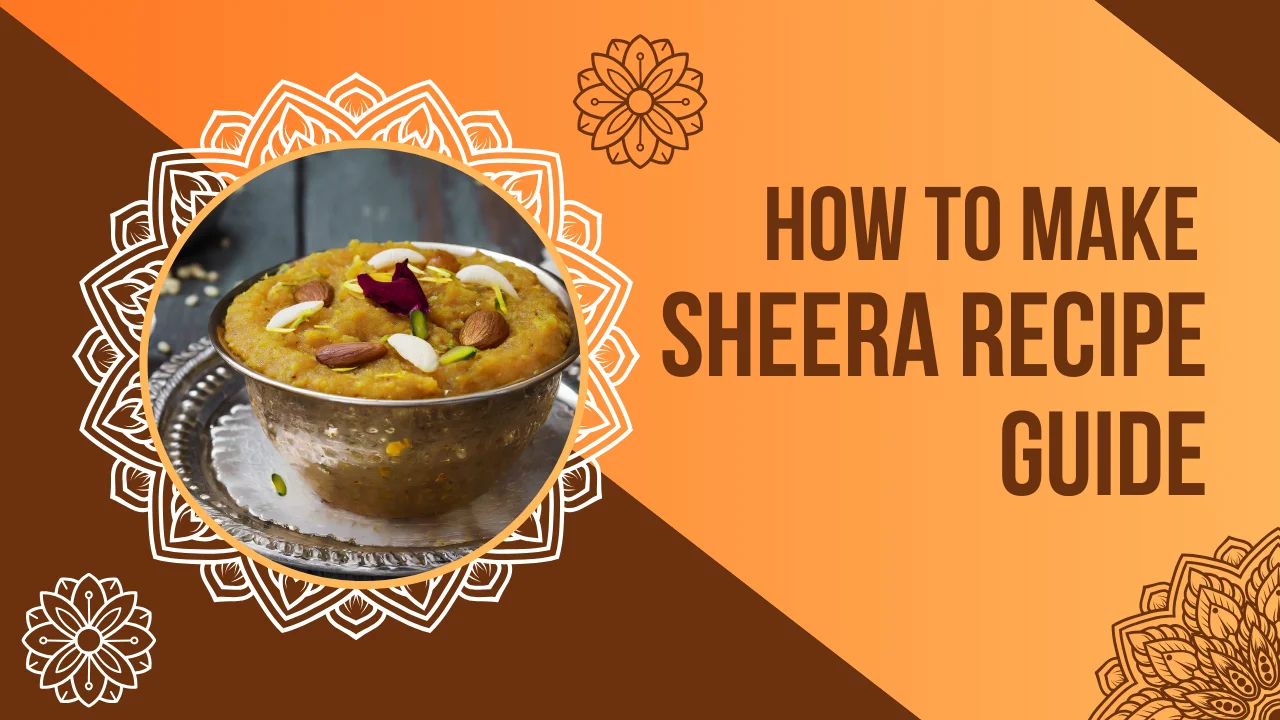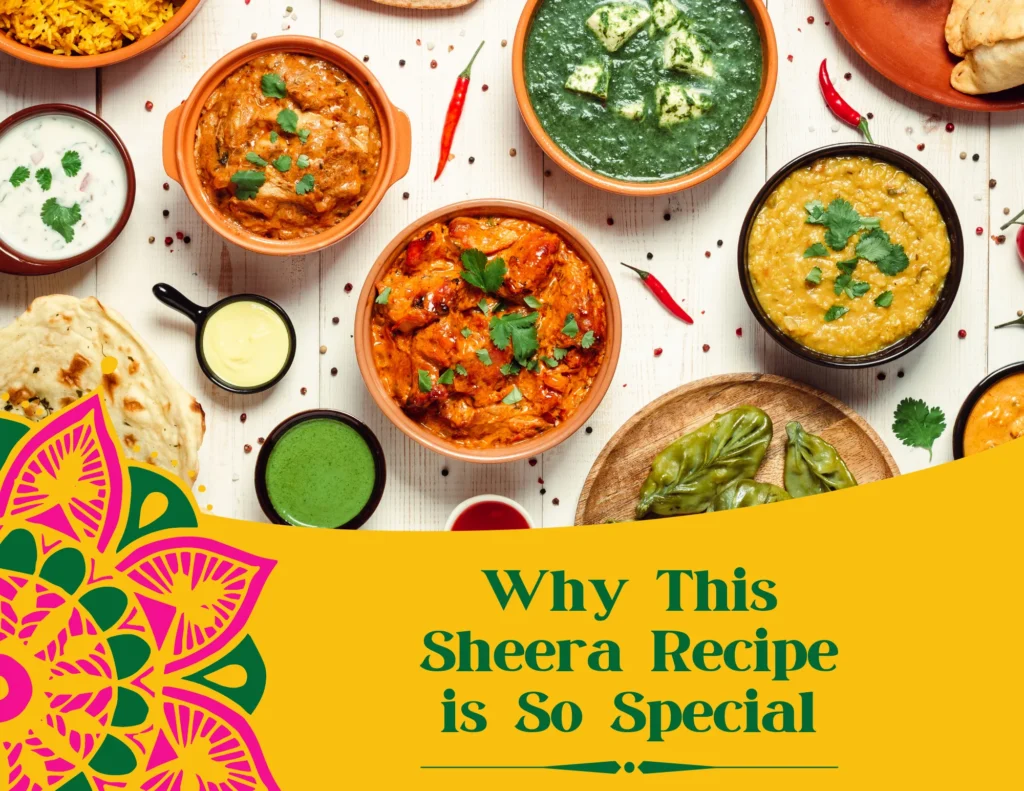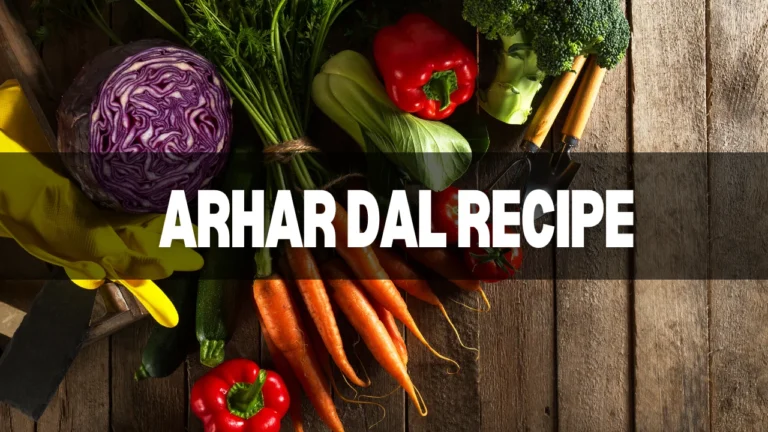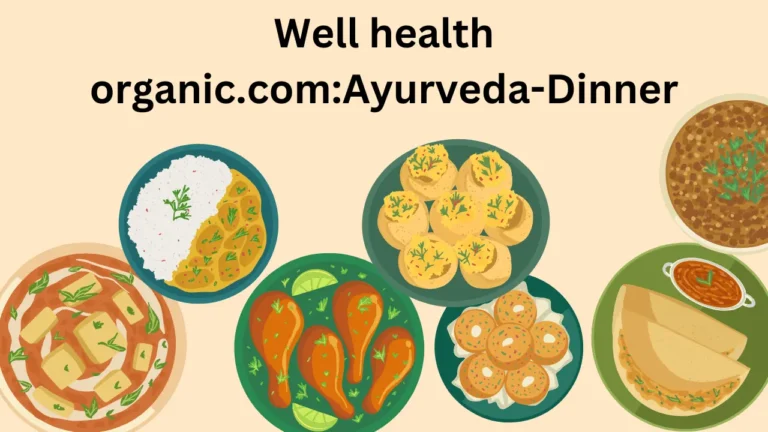Sheera Recipe Guide: Sweet Delight for Any Occasion

Sheera, also known as Sooji Halwa, is a traditional Indian dessert that’s both simple to make and rich in flavor. It’s a dish that resonates with many because of its comfort factor and the ease with which it can be whipped up, often with ingredients readily available in every kitchen. This sheera recipe has been passed down through generations and continues to be a favorite at festivals, religious events, and even casual gatherings.
What is Sheera?
Sheera is a semolina-based dessert cooked with ghee, sugar, and water or milk, depending on preference. It’s a versatile dish, and its taste can be enhanced by adding various flavorings like cardamom, saffron, and dry fruits. The sheera recipe can be easily modified to suit personal tastes, and some even like to add fruits like bananas to create variations of this delightful dish.
Ingredients for the Perfect Sheera Recipe
Creating the perfect sheera requires simple ingredients that you likely have at home. Below are the key ingredients needed for this sheera recipe:
| Ingredient | Quantity |
|---|---|
| Sooji (Semolina) | 1 cup |
| Ghee (Clarified Butter) | 1/2 cup |
| Sugar | 3/4 to 1 cup |
| Water or Milk | 2 cups |
| Cardamom Powder | 1/2 tsp |
| Saffron (optional) | a pinch |
| Dry Fruits (Cashews, Almonds, Raisins) | 2-3 tbsp |
| Chopped Bananas (optional) | 1 |
How to Prepare the Sheera Recipe
- Roasting the Sooji: Begin by heating ghee in a pan over medium heat. Once the ghee is hot, add the sooji (semolina) and start roasting it. Make sure to stir continuously so that the semolina does not burn. The key to a good sheera recipe lies in this step, as well-roasted semolina brings out a rich aroma and golden color. Roast it until it turns slightly golden brown, which should take about 8-10 minutes.
- Heating Water or Milk: While the semolina is roasting, heat water or milk in another pan. Some people prefer using water for a lighter sheera, while others opt for milk to make it creamier. If you like, you can also add a few strands of saffron to the liquid to give your sheera a subtle flavor and a nice yellow hue.
- Combining the Roasted Sooji with Water/Milk: Once the semolina is properly roasted, slowly pour the hot water or milk into the pan while stirring continuously. Be careful, as the mixture may splutter. Keep stirring to avoid lumps, as a smooth texture is essential for this sheera recipe.
- Adding Sugar and Cardamom: After the liquid has been absorbed by the semolina, it’s time to add sugar. Stir well and let the sugar dissolve completely. At this point, you can also add the cardamom powder to infuse the sheera with a subtle, fragrant aroma. Continue cooking until the sheera thickens and starts leaving the sides of the pan.
- Adding Dry Fruits and Optional Ingredients: In a separate pan, lightly fry cashews, almonds, and raisins in some ghee until golden brown. Once they are done, mix them into the sheera. If you like a fruity twist to your sheera, you can also add chopped bananas. This variation of the sheera recipe adds a delightful sweetness and unique texture.
- Final Touch and Serving: Once everything is combined and cooked, the sheera is ready to be served. Garnish it with additional dry fruits if you like. Serve the sheera hot, as it tastes best when warm.
Also Read: Bestadvise4u.com Health: A Guide to Wellness

Why This Sheera Recipe is So Special
This sheera recipe is special because it can be made quickly, often in under 20 minutes. Whether you’re preparing it for a special occasion or just a sweet craving, it hits the spot every time. The use of ghee gives the sheera a rich and luxurious texture, while the combination of cardamom and saffron adds a fragrance that makes it irresistible. Moreover, the ability to modify the ingredients, like using milk instead of water or adding fruits, makes it a versatile dish that can cater to various tastes.
Nutritional Value of Sheera
Sheera, being made of semolina and ghee, is not only delicious but also has some nutritional value. Here’s a breakdown of the typical nutrients found in a serving of this sheera recipe:
| Nutrient | Amount per Serving |
|---|---|
| Calories | 300-350 kcal |
| Fat | 20-25 grams |
| Carbohydrates | 35-40 grams |
| Protein | 5-7 grams |
| Sugar | 20-25 grams |
While sheera is high in calories and sugar, it is a satisfying dessert when consumed in moderation. The semolina provides a good source of energy and some protein, while the ghee contributes healthy fats. Including dry fruits like almonds and cashews can also add some beneficial nutrients like vitamins, minerals, and fiber to your sheera recipe.
Variations of the Sheera Recipe
The best part about this sheera recipe is how customizable it is. You can experiment with various flavors and ingredients to make the dish even more exciting. Some popular variations include:
- Banana Sheera: Add mashed bananas to the sheera for a fruity twist.
- Pineapple Sheera: Replace water with pineapple juice and add chunks of pineapple for a tropical flavor.
- Kesari Sheera: Add saffron strands to give the dish a beautiful yellow color and a subtle taste of saffron.
Sheera in Indian Culture
Sheera is not just a dessert; it holds a significant place in Indian culture and religious rituals. It is often prepared during festivals, poojas, and other auspicious events. This sheera recipe is considered a symbol of prosperity and is offered to deities during religious ceremonies. In many households, sheera is also a breakfast favorite because it’s quick to make and provides a good amount of energy to start the day.
Historical and Cultural Background of Sheera
Sheera, also known as Sooji Halwa in Northern India, is believed to have originated from Persia, where semolina-based desserts were common. Over centuries, this dish was adapted to Indian flavors and ingredients. It became popular in Indian households as a simple, yet nourishing, sweet dish, often served during religious ceremonies, festivals, or as an offering to deities.
In different parts of India, sheera is prepared slightly differently, reflecting the diversity of Indian cuisine. For instance, in Maharashtra, sheera is a staple at breakfast, especially when paired with poori (a type of deep-fried bread), while in South India, it’s often called rava kesari and includes a generous amount of saffron and sometimes, food coloring.
Tips for Making the Best Sheera Recipe
- Quality of Ingredients: Always use high-quality ghee for the best flavor. The ghee enhances the richness of the dish. Fresh semolina, free from moisture, will ensure your sheera has a great texture.
- Roasting: This step is crucial for developing the right flavor. When roasting semolina, keep the flame on low to medium and stir constantly. This allows the semolina to turn golden without burning. Well-roasted semolina is what makes the sheera recipe stand out.
- Liquid Ratio: The ratio of semolina to liquid (water or milk) is essential. Typically, for every cup of semolina, 2 cups of liquid are recommended. If you prefer a softer sheera, you can increase the amount of liquid slightly.
- Sugar Proportion: The sweetness of sheera can be adjusted based on personal preference. A ratio of 3/4 cup sugar to 1 cup semolina is a balanced amount, but this can be increased if a sweeter dish is desired.
- Enhancing the Flavor: Besides cardamom, adding a pinch of saffron soaked in warm milk elevates the flavor of this sheera recipe. You can also try adding rose water or vanilla extract for a unique twist.
- Texture Control: If you want your sheera to have a richer, softer texture, use milk instead of water. The milk adds a creaminess that water cannot provide. However, water makes the dish lighter, which some may prefer.
Popular Regional Variations of Sheera Recipe
- Rava Kesari (South India): In South India, sheera is known as Rava Kesari. The dish often contains saffron (or orange food coloring) and is made with water instead of milk. Sometimes, this version includes pineapple chunks or banana for added sweetness. The use of generous amounts of ghee is a hallmark of this variant.
- Banana Sheera (Maharashtra): In Maharashtra, bananas are commonly added to the sheera. This variation is often made as a prasad (offering) during religious ceremonies like Satyanarayan Pooja. The banana adds a different texture and sweetness to the dish.
- Atta Halwa (North India): While not exactly the same as the sheera recipe, atta halwa is another popular variant in North India where wheat flour is used instead of semolina. The process of preparation remains similar, but the flavor is distinctly different because of the change in the base ingredient.
Sheera Recipe Variations for Health Conscious Individuals
With changing dietary preferences, many people prefer healthier versions of traditional recipes. For those looking to make a healthier version of this sheera recipe, here are a few alternatives:
- Replacing Sugar with Jaggery: Jaggery (a natural sweetener made from sugarcane juice) can be used instead of refined sugar. This gives the sheera a caramel-like flavor and makes it slightly healthier due to jaggery’s higher mineral content.
- Using Olive Oil Instead of Ghee: For a lighter and healthier version, olive oil can be used instead of ghee, though this will change the taste profile. Olive oil doesn’t offer the same richness, but it can be a good option for those watching their fat intake.
- Adding Nuts and Seeds: Along with traditional dry fruits like cashews and almonds, adding pumpkin seeds, chia seeds, and sunflower seeds can boost the nutritional content of the sheera. These additions provide essential fatty acids, protein, and fiber.
- Whole Wheat or Ragi Sheera: For a more nutritious version, try replacing semolina with whole wheat flour or ragi (finger millet) flour. These options are high in fiber and minerals, making the dish more wholesome.
Sheera as a Part of Festivities and Celebrations
In India, the sheera recipe is synonymous with celebrations and festivals. It is often made during religious functions like Satyanarayan Pooja, Ganesh Chaturthi, and Navratri. Many families prepare sheera as an offering to the gods, believing that it brings prosperity and good luck. After the religious rituals, the sheera is distributed as prasad (a religious offering) to devotees.
Common Mistakes to Avoid While Making Sheera
- Not Roasting the Semolina Enough: One of the most common mistakes when preparing sheera is not roasting the semolina properly. Under-roasted semolina can result in a grainy texture and leave a raw taste, which can ruin the entire dish.
- Lumps in the Sheera: To avoid lumps, it’s crucial to keep stirring continuously while adding the hot water or milk. Stirring helps to incorporate the liquid evenly into the semolina, giving the sheera a smooth consistency.
- Overloading with Sugar: While everyone loves a sweet treat, adding too much sugar can make the sheera overly sweet and overpower the other flavors like cardamom and ghee. Stick to the recommended sugar amount and adjust based on preference.
Also Read: The Benefits of Theapknews.shop Health & Beauty
Conclusion
This simple yet versatile sheera recipe is a great dessert for any occasion. The combination of ghee, semolina, and sugar creates a rich and flavorful dish that’s hard to resist. Whether you’re making it for a special celebration or just for yourself, it is a dish that will bring warmth and comfort to anyone who tries it. The ease of preparation and the ability to tweak ingredients makes this sheera recipe one you will come back to time and time again.






